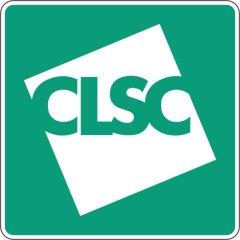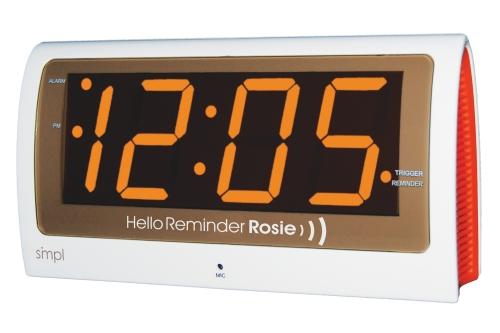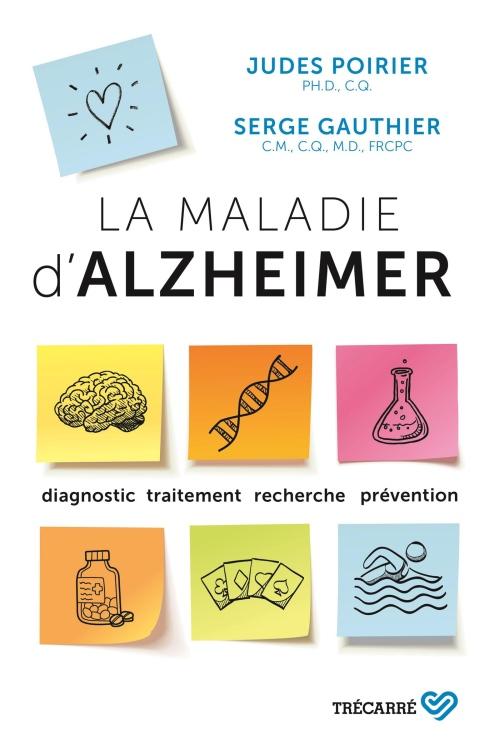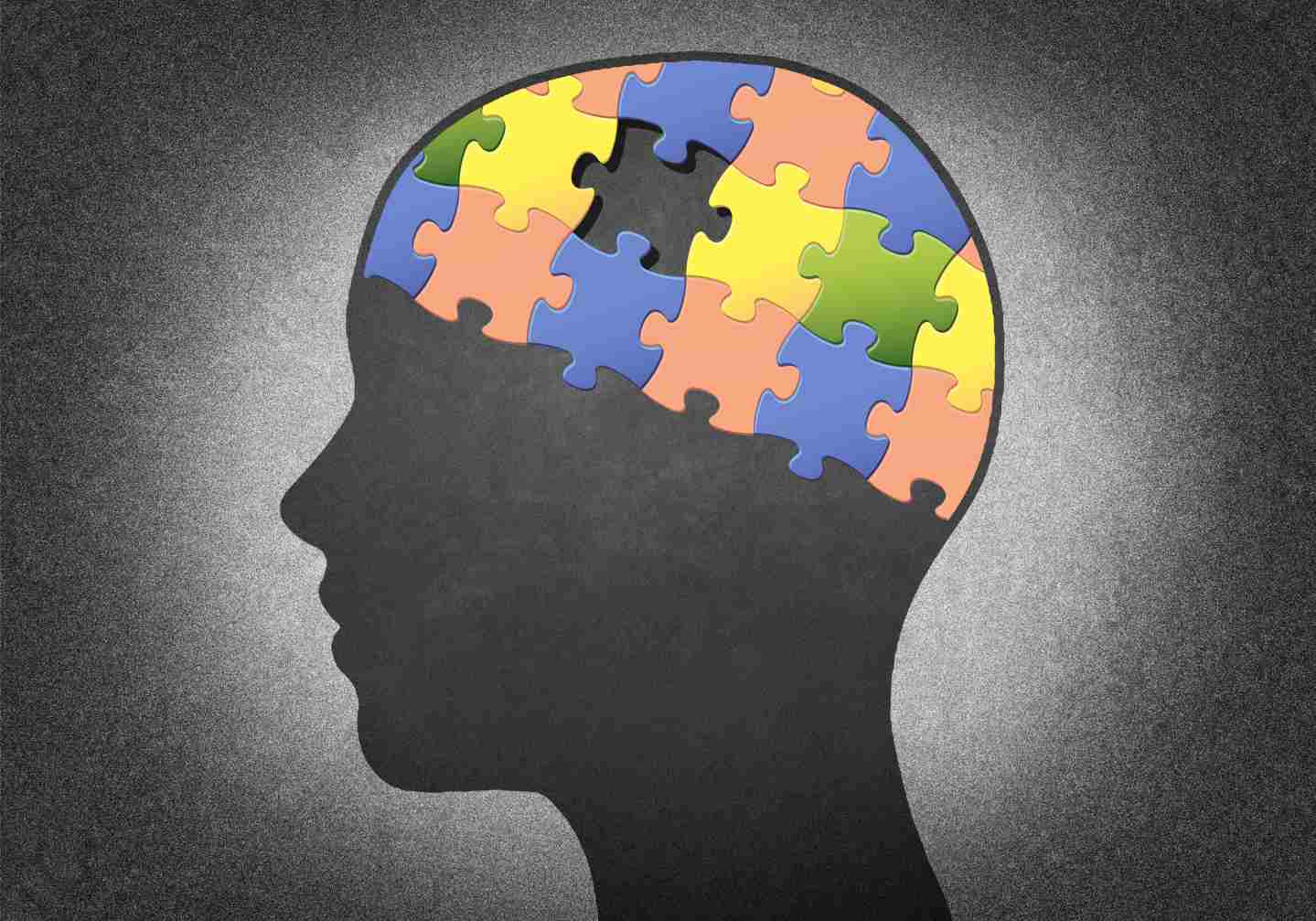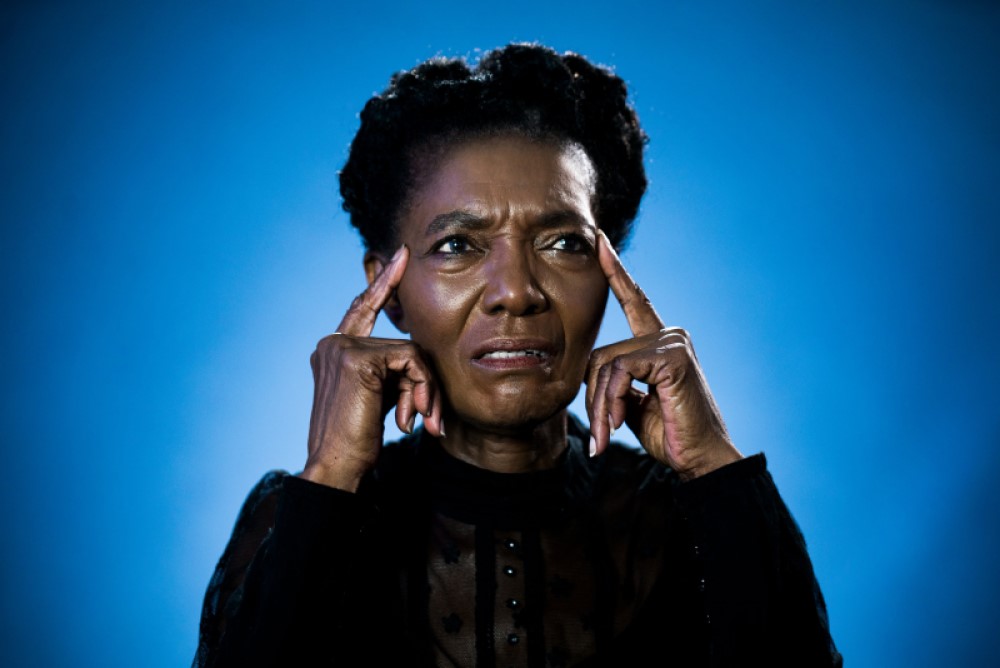
How is Dementia Diagnosed?
Dementia is a scary word. When we don’t know much about the topic, hearing the word “dementia” can fill us with fear. To ease the stress – if only a little bit – this article describes the main steps of the medical and cognitive assessment used in the diagnosis of dementia.
Whether young or old, if we are worried about our health, a visit at the doctor’s office can be nerve-racking. And when it’s our memory we’re worried about, our nervousness can make us reluctant to consult the doctor. It’s natural to be afraid of the unknown.
This is why we’ve written this article. You’ll find an outline of the steps in the assessment of cognitive impairment (“cognitive” refers to brain function). We’re hoping that explaining what happens during the assessment will help reduce your stress.
First, know that you can and should be accompanied by a loved one. The process has many parts to it and having someone with you will help. At the doctor’s office, you will complete the following steps (the specific order may vary):
- A medical and cognitive history
- A physical and neurological examination
- A cognitive assessment—mostly pen and paper tests
- Laboratory and imaging tests
- Additional investigations depending on the case
Let’s have a close look at each step:
1. The Medical and Cognitive History
Your doctor will ask you questions about each brain function. He or she will take a history of each function from you and the person with you. The main areas of focus will be:
- Memory: forgetting where objects are, repeating questions and conversations, difficulties recalling new information or significant recent events
- Orientation: knowing time and place, and recognizing familiar people
- Language: difficulties finding words, problems with understanding or being understood
- Organization and planning: taking care of finances or work, planning complex tasks such as entertaining guests
- Judgement: making reasoned decisions
- Behavior and mood
Your doctor will also ask whether you are having a hard time completing your day-to-day activities, such as cooking or driving. This will allow him or her to assess whether there is any functional impairment because of declining brain functions. These day-to-day activities are also called ADLs (Activities of Daily Living) and iADLs (instrumental Activities of Daily Living).
What’s important is to focus on recent changes (those that occurred in the past few months and years) not anything you’ve had all your life!
To close off this first part, your doctor will ask about symptoms in other body systems (the neurological system mainly, but also your heart, your sleep, your mobility, etc.). Your medications will also be reviewed.
2. The Physical and Neurological Examination
Once the history is taken, your doctor will conduct a physical exam. Some signs are related to specific patterns of cognitive impairment and your doctor will look for them. A very valuable part is the neurological examination where your muscle strength, muscle tone, reflexes, and gait (manner of walking or moving) will be assessed.
3. The Cognitive Examination
This is generally the most intriguing and daunting part for patients. Yet, there is nothing to be alarmed about! Here, your doctor will administer standardized tests that assess brain function. Examples include the MMSE (Mini-Mental State Examination) and the MoCA (Montreal Cognitive Assessment), two tests scored on 30.
These tests may remind you of school exams, but they do rigorously evaluate multiple brain functions, such as orientation, calculation, and memory. At this stage, your doctor may also ask you about your daily life and recent events. If needed, the cognitive evaluation is extended to include formal tests for language and other cognitive functions.
4. Laboratory and Imaging Tests
Once you’ve completed the history and examination portions of the assessment, your doctor will usually order blood tests to rule out abnormal results that could be caused, for example, by kidney or thyroid conditions. Depending on the situation, your doctor may also prescribe a brain imaging test to assess brain anatomy (CT scan or MRI).
5. Additional Investigations
In some cases, especially if the diagnosis is unclear, additional investigations may be needed to complement the assessment. Further investigations may include evaluations by the neuropsychologist, the occupational therapist, or the social worker. Occasionally, a more advanced brain imaging technique, the PET-scan, may be useful.
Key Things to Remember
Evaluating brain function is complex. But ultimately, it relies on the five steps we outlined in this article. Completing these steps should take about 1 to 2 hours.
Unlike other diseases, there isn’t any one blood or imaging test that can, on its own, diagnose dementia. Your doctor will always consider the history, physical examination, cognitive results, laboratory and imaging tests together to determine whether dementia is present (or not!) and what caused it.
By helping you better understand what an evaluation for dementia entails, we hope to have succeeded in alleviating part of your worry on the process. A brain assessment should not be daunting: it’s not as mysterious as it may seem!





